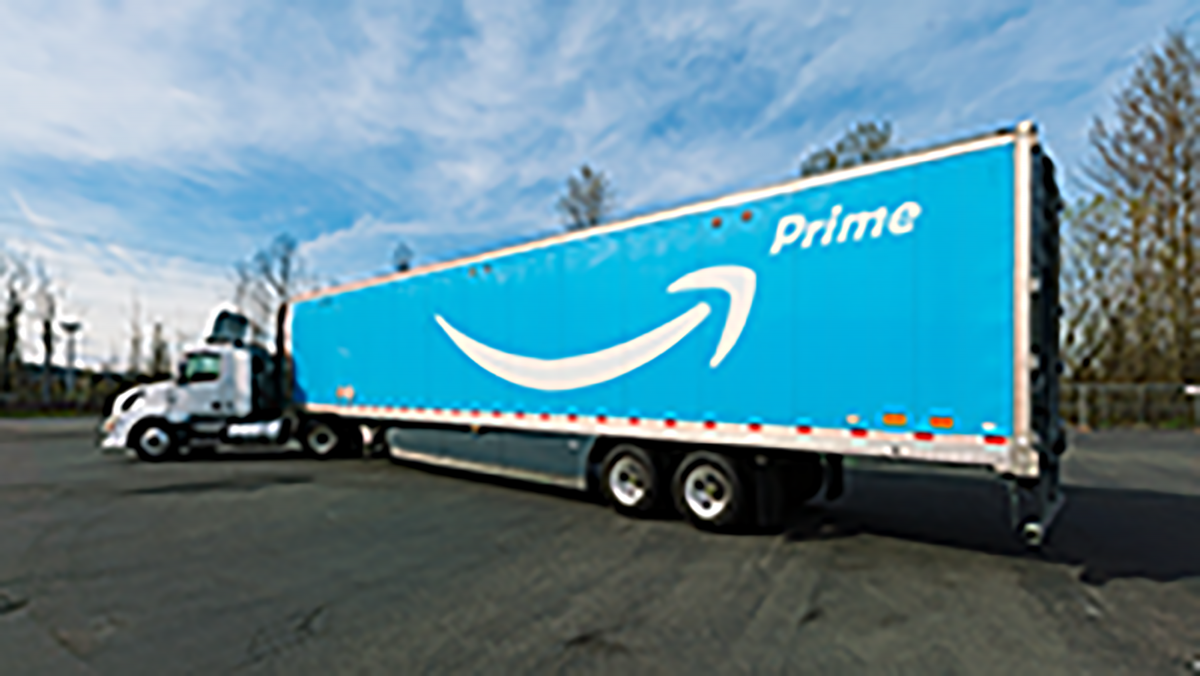Photos courtesy of Amazon
The clouds surrounding Amazon.com are thickening,” began the Washington Post article by David Streitfeld on February 21, 2001. He noted that one detractor of Amazon “expects the Internet retailer to run out of money to adequately fund its operations later this year.” Amazon did not run out of money—nor was it subsumed into a bigger competitor like Walmart—but it wasn’t until 2003 that it ended a year with a profit. That milestone led The Wall Street Journal to call it “one of the most powerful survivors on the Internet.”
Amazon is now the most well-positioned marketplace the Western world has ever seen. Last year, they did $136 billion in revenue with double digit growth. And every year, Amazon seems to be expanding their reach and market share. To date, the e-commerce giant has 10 marketplaces across the globe, from the obvious Europe and North America; to Japan, China, and India; and is in the process of rolling out in Australia.
When Jeff Bezos founded Amazon in 1994, it was an online book retailer that barely got any attention among the nascent class of start-ups probing the power of the early Internet. In the two decades hence, Amazon evolved into what may become the operating platform of the digital economy. Bezos has been disciplined and single-minded in his vision of investing in the most enduring consumer wants—price, convenience, and selection. Coupled with deft execution, it has made Amazon the most impressive and feared firm in business. Today, the question is not whether Amazon can survive but whether we can survive without Amazon.
The company’s cash flow is all pumped into new things. They launched the Echo smart speaker a couple of years back andhas launched two new Echo products—one with a touchscreen and one with a camera. When the Amazon Echo entered the market in 2015, it kicked off a new wave of demand for voice-activated smart speakers. At the time, it was unclear whether a large segment of the population would use a smart speaker, but consecutive years of rising sales are putting those worries to rest.
In 2017, Amazon bought Whole Foods for about $13.7 billion. The acquisition allows Amazon to leverage existing demand and largely decrease supply risk while offering up edible options to online customers. It also managed to cause upheaval across the grocery retail sector, the major superstore chains, and even enterprise IT.
“Is Amazon out to rule the world?” Bloomberg television wondered as Amazon was announcing its foray into streaming with its Fire TV streaming technology. One of the commentators for the segment, Shahid Khan of Mediamorph, asserted that Amazon’s objective was indeed “world domination.” He made this claim with slightly disconcerting nonchalance, as if he’d already been assured of some comfortable provincial posting in the Kingdom of Jeff Bezos. But, Khan cautioned, “you cannot dominate the world if you don’t control the living room.” And that’s exactly what Amazon did.

The Amazon trailer, delivering products right to your doorstep
Amazon started producing original television shows that attained Bezos’s goal of winning an Oscar. Amazon Studios focuses largely on shows and films released through its Amazon Prime Video service, and its original content is one of the reasons for the rapid growth in Amazon Prime memberships in recent years. The company has made its biggest mark on the Hollywood awards circuit with the show Transparent, which has fared well at both the Golden Globes and the Emmys. It also resulted in Amazon and Bezos’ first shout-out on stage after the show’s Golden Globe win in 2015.
Other than winning awards for films and television, Amazon also started up a number of in-house clothing brands and are opening up brick and mortar bookstores in several major cities. It has made no secret of wanting to become a major fashion retailer in the coming years, investing heavily in promoting itself as a destination for clothing shoppers, and the push seems to be paying off. According to a recent report by financial firm Cowen and Company, Amazon is on course to become the largest clothing retailer in the US, surpassing Macy’s. As its sales continues to grow, fashion will be among the categories leading the way.

Amazon’s urban campus
Amazon’s plethora of choice beats any department store. Its catalog of fashion items dwarfs most competitors, as more and more brands—even fashion and designer—ignore the stigma and sell directly through Amazon. Analysts do not expect the most elite luxury brands to start selling on Amazon, but it is already becoming common for more middle-of-the-pack brands. More than 20 brands listed Amazon as a major customer in their disclosures last year, including Hanes, Fossil, and Perry Ellis.
Amazon’s ability to offer its consumers millions of goods, and then put them in their hands within a day or two—sometimes the same day—without having retail locations is nothing short of a technical marvel. Going forward, Amazon’s strong leadership and vision of future have put the company in an incredible position. It’s a mark of how seriously corporate America now takes Amazon: When Amazon acts, the world reacts. And as we enter 2018, it’s becoming clear that either you’re against Amazon or, eventually, you might just become part of Amazon.
This article was published in the adobo magazine Trends 2018.









